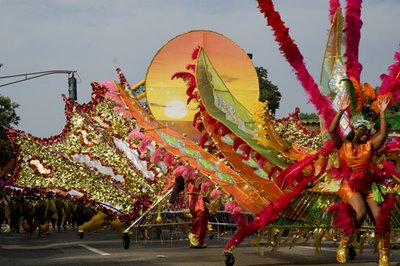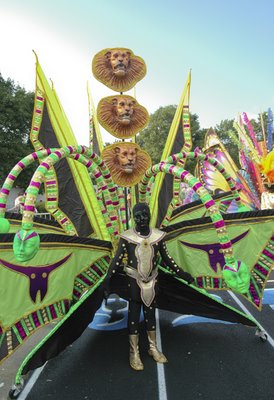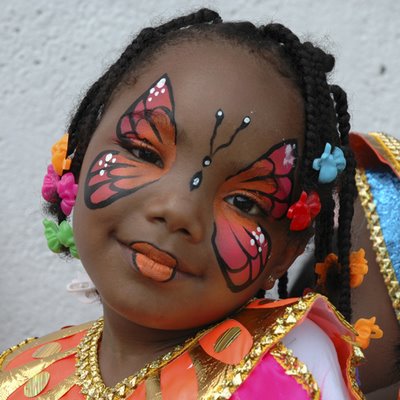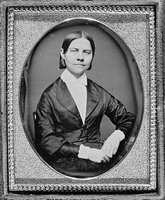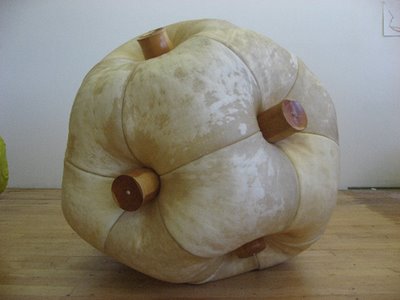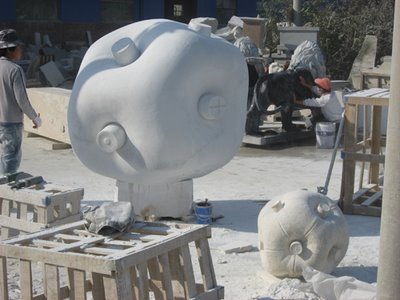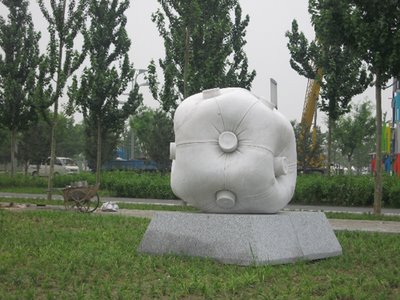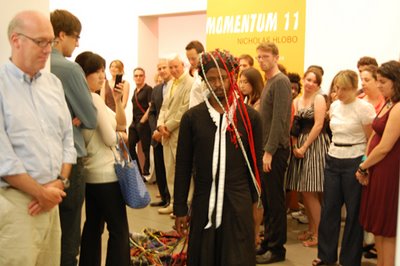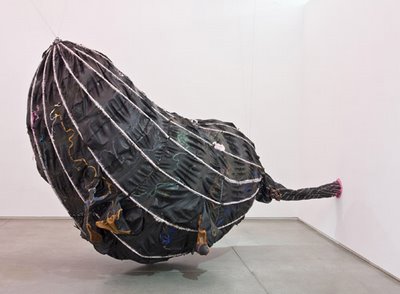Michael C. Smith and the 35th Boston Caribbean Carnival
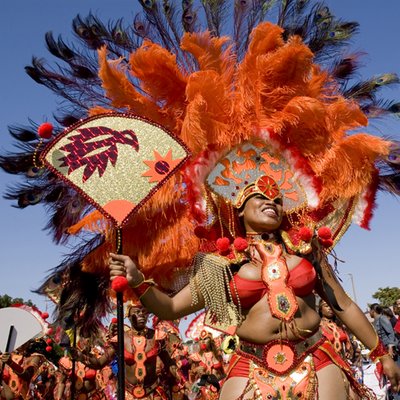
From my review of Milton photographer Michael C. Smith’s “Streets of Color” exhibit at Lesley University in Boston and preview of the 35th annual Boston Caribbean Carnival:
The battery powering Michael C. Smith’s “Streets of Color” photography exhibit at Lesley University — and electrifying its subject, Boston’s Caribbean Carnival — is spectacle.Read the rest here.
In one photo, the queen of a mas (as in masquerade) band grooves down a street during the Carnival parade. Her swaying hands up, a smile across her face, she’s wearing an orange outfit, with gold boots, and giant green and orange wings and red plumes. Another shot shows a mas-band king as a riveting dream in black and gold, trailing great green flags, with green heads sprouting from the end of curving arms on his costume, and three lion heads scowling down from a pole. King and queen costumes rise as much as 15 feet tall — so big that they’re built as wheeled carts that hitch to the performers.
The exhibit’s 37 color photos from 2005 to 2007, plus three plumed headdresses, serve as an appetizer for the Carnival, which celebrates its 35th anniversary this month. The main event, the Carnival parade on August 23, offers streams of vividly costumed, scantily clad masqueraders shaking their booties to DJs and steel-drum bands playing soca and calypso plus some spooge, reggae, salsa, and zouk.
Michael C. Smith, “Streets of Color,” Marran Gallery, Lesley University, 47 Oxford St. at Mellen Street, Cambridge, Aug. 1 to 30, 2008.
This year’s Boston Caribbean Carnival features four main events. The Kiddies Carnival, a costumed children’s parade, occurs at White Stadium in Franklin Park on Aug. 17. The King and Queen competition at Reggie Lewis Center, 1350 Tremont St., is at 6 p.m. Aug. 21. J’ouvert (French for “daybreak”), a loose opening parade, begins around 5 a.m. Aug. 23 at Blue Hill Avenue and Morton Street. It’s followed by the grand masquerade carnival parade beginning at midday at Martin Luther King Boulevard and Warren Street and ending at Blue Hill Avenue at Franklin Park.
